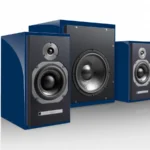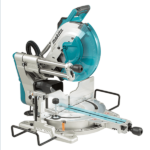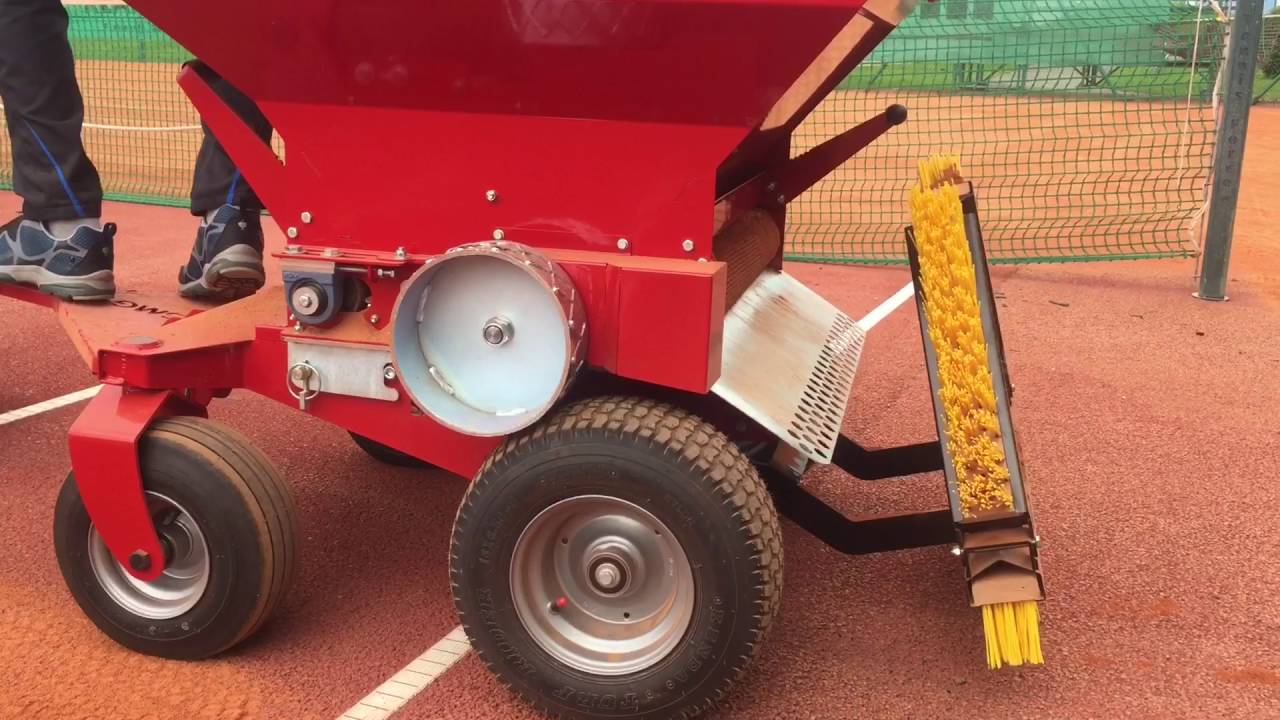In the world of technology, coding, and product nomenclature, we often come across terms and identifiers that seem complex and obscure. One such term is “HE-P2-PRI-PLS-FUR_60S.” While this string of characters may seem cryptic at first glance, breaking it down can reveal its meaning and significance, especially in specialized fields like electronics, software development, or even niche product cataloging.
This article will delve into what “HE-P2-PRI-PLS-FUR_60S” stands for, how it might be used, and its potential relevance in various industries.
Dissecting the Term: Breaking Down “HE-P2-PRI-PLS-FUR_60S”
To understand the meaning behind “HE-P2-PRI-PLS-FUR_60S,” it’s essential to dissect the term into its individual components. This will provide insights into the likely context in which the term might be used.
- HE-P2:
The first part of the string, “HE-P2,” could be a reference to a product model, series, or category. In the context of electronics or machinery, such model numbers are used to specify particular types of products. The “P2” may refer to a second generation, version, or specific variant within a product line. - PRI:
“PRI” is a common abbreviation in several sectors. It could stand for “Primary” or “Priority” in certain contexts, especially in network management or telecommunications. In this case, “PRI” could represent a primary function or an essential feature of the product. - PLS:
The term “PLS” often stands for “Please” in informal communication. However, in the context of a technical identifier like “HE-P2-PRI-PLS-FUR_60S,” it may stand for something more specific, such as “Pulse,” referring to a type of signal or a measurement protocol in electronics. - FUR:
The term “FUR” could potentially be an abbreviation for “Fur,” but in a technical context, it’s more likely to refer to something like “Furcation” in telecom or networking terminology. Alternatively, “FUR” might be a part of a product’s specification, especially when detailing design features. - 60S:
The last part, “60S,” is perhaps the easiest to interpret. It could refer to a model number, a generation, or a specific feature, such as a measurement standard or version number. “60S” could also denote a time-related feature, such as “60 seconds,” if the product is involved in timing, delay, or interval-based operations.
Possible Applications of HE-P2-PRI-PLS-FUR_60S
Now that we’ve broken down the components of “HE-P2-PRI-PLS-FUR_60S,” let’s explore some possible industries or areas where this term might be relevant:
- Electronics and Appliances
- Product Identifier: “HE-P2-PRI-PLS-FUR_60S” could easily be the model number or SKU for a specific electronic appliance or device. Manufacturers of complex products, such as kitchen appliances, electronic devices, or industrial machinery, often use similar coding schemes to differentiate products based on features, size, power, or purpose.
- Features: The inclusion of “PRI” and “PLS” may indicate a device’s primary function and signal type, possibly referring to a feature related to data transmission, power cycling, or timing functions.
- Telecommunications and Networking
- Network Equipment: In the world of telecommunications, “PRI” often refers to Primary Rate Interface, which is a digital telephony standard used for connecting ISDN networks. If “HE-P2-PRI-PLS-FUR_60S” refers to a networking device, it could be a specific model or configuration related to PRI connections.
- Signal Processing: The use of terms like “PLS” could suggest a connection to pulse signals, and “FUR” might be a specialized term in telecom for measuring data transfer quality or strength. “60S” might be indicative of signal-related time parameters.
- Medical Devices
- Medical Equipment: In the medical field, “HE-P2-PRI-PLS-FUR_60S” could refer to a medical device, possibly one that performs pulse-based diagnostics or treatments. The “60S” could represent the duration of a procedure, such as 60 seconds, which is often the case with devices like pulse oximeters or diagnostic tools.
- Specific Models: Medical equipment manufacturers use specific codes to designate the model, function, and version of their devices. The code could represent an updated model that includes advanced features, such as precision in measurement or specific timing protocols.
- Software Development
- Software Build Version: In software development, terms like “PRI” (priority), “PLS” (pulse or protocol), and “FUR” (further features) could represent specific build versions or functionalities within a system. “60S” might indicate a time-out value, a module for processing data at timed intervals, or a specific configuration for testing or deployment.
- Configuration Files: For developers working with complex software solutions or firmware, codes like “HE-P2-PRI-PLS-FUR_60S” might appear in configuration files or documentation as a way to identify different versions of software or system specifications.
- Industrial Equipment
- Heavy Machinery: The term might also be associated with industrial machinery, where the “P2” and “PRI” refer to machine parts, configurations, or versions. “FUR” could represent a specific type of system feature (e.g., function, usage, or response type), and “60S” could be related to an operational timing standard in a process cycle.
- Components: Industrial equipment often comes with intricate codes to identify different components and their functions. “HE-P2-PRI-PLS-FUR_60S” could be such a code, used to differentiate parts that deal with pulse-based control, processing, or other time-sensitive operations.
Why Understanding HE-P2-PRI-PLS-FUR_60S Is Important
Understanding the structure of terms like “HE-P2-PRI-PLS-FUR_60S” can be crucial for those working in fields like technology, electronics, or industrial manufacturing. These codes and identifiers:
- Improve Efficiency: Having a standardized system for naming products or components makes it easier to communicate specifications and identify the correct items quickly.
- Ensure Compatibility: In technical and industrial fields, ensuring that devices and components are compatible is key. Detailed product identifiers allow users to select compatible parts and avoid costly mistakes.
- Facilitate Research and Development: Engineers, developers, and designers often rely on clear product identifiers to track the evolution of products, components, or systems, ensuring they are using the right version or configuration for their needs.
Conclusion
In conclusion, “HE-P2-PRI-PLS-FUR_60S” is a complex term that can be dissected into various components, each of which holds potential significance depending on the context in which it is used. While it may seem like a random string of characters, understanding the logic behind such codes is essential in fields like telecommunications, electronics, software development, and manufacturing. It helps create a more organized and efficient way of managing products, systems, and components in various industries.










